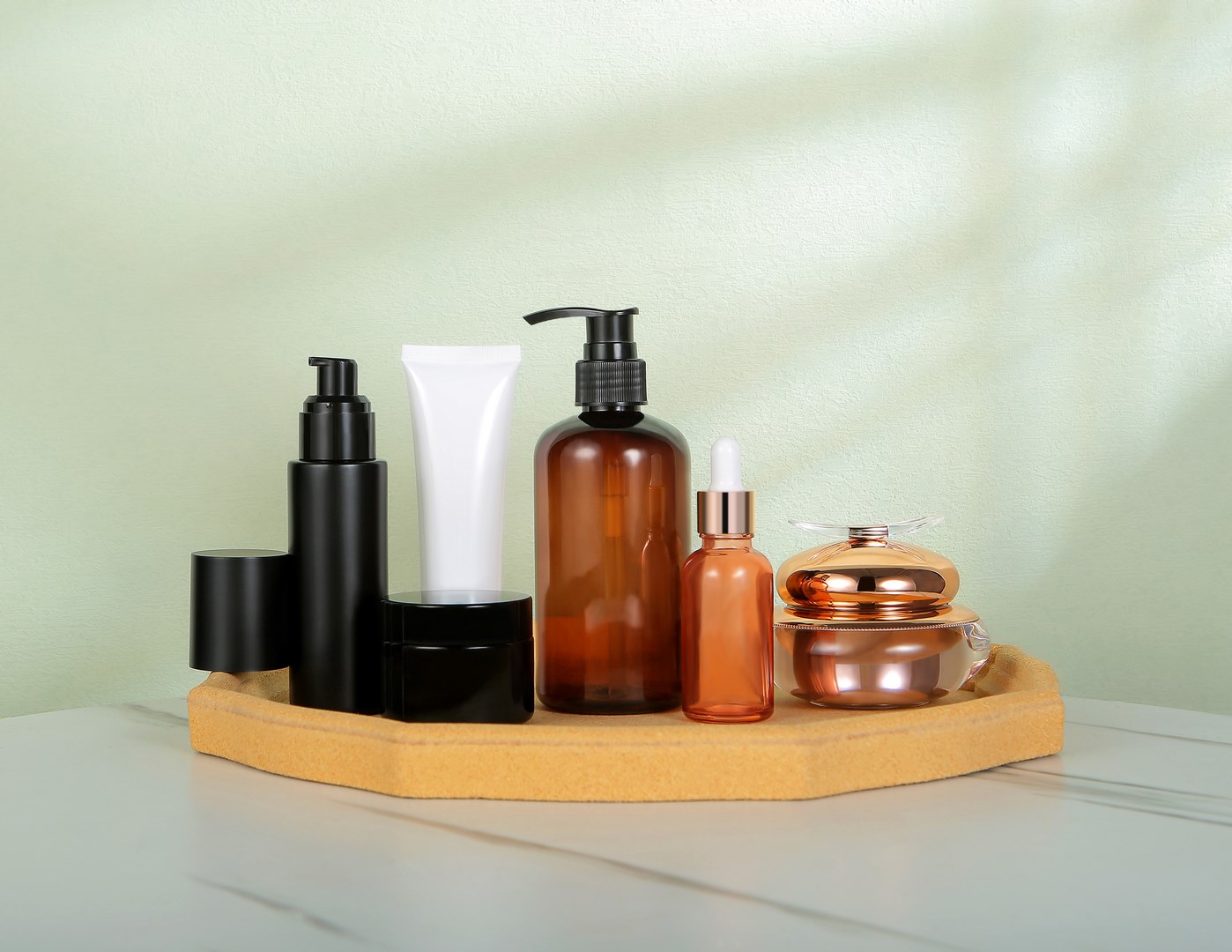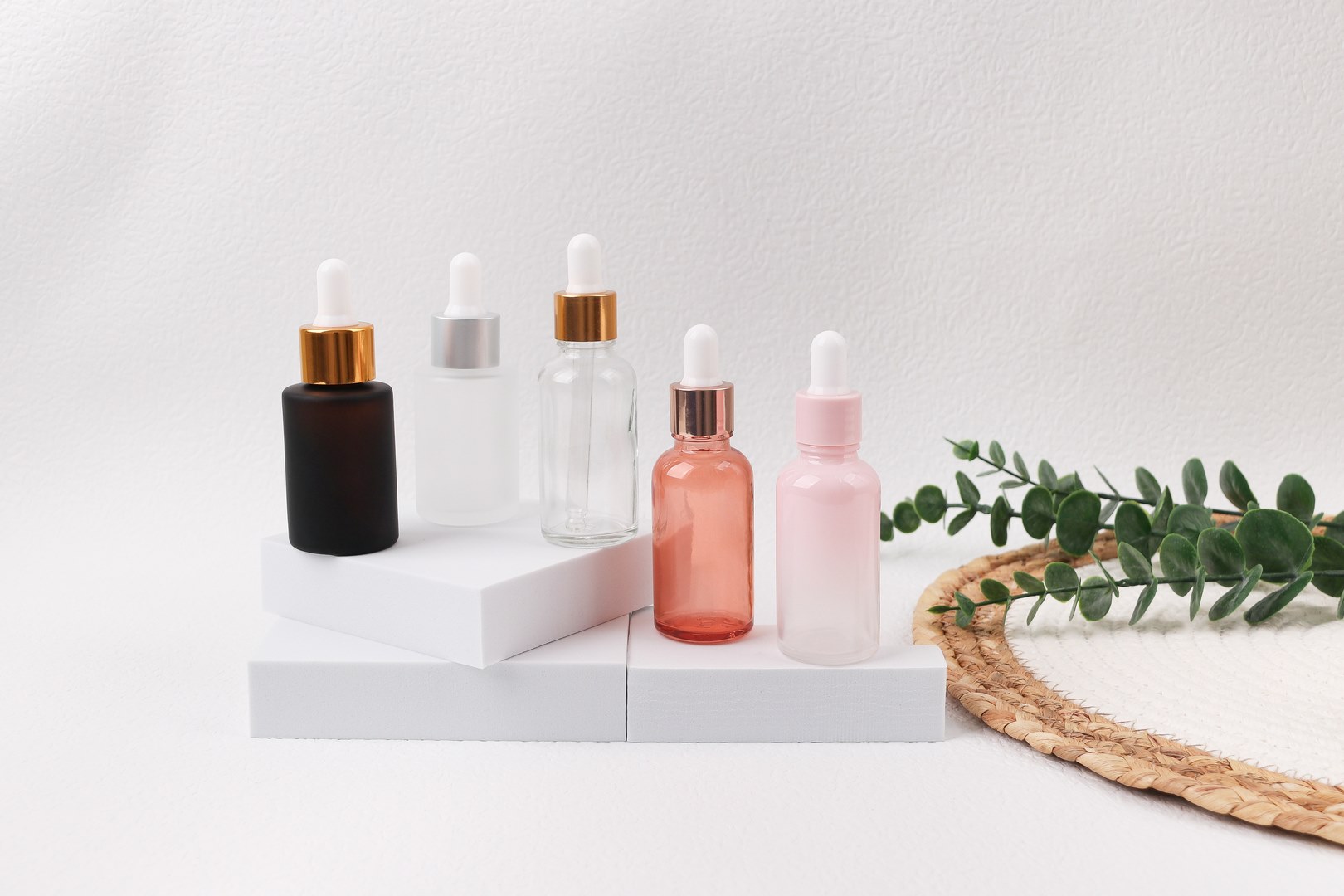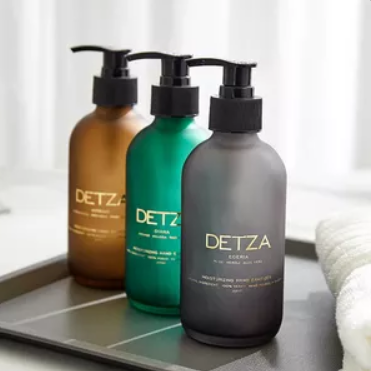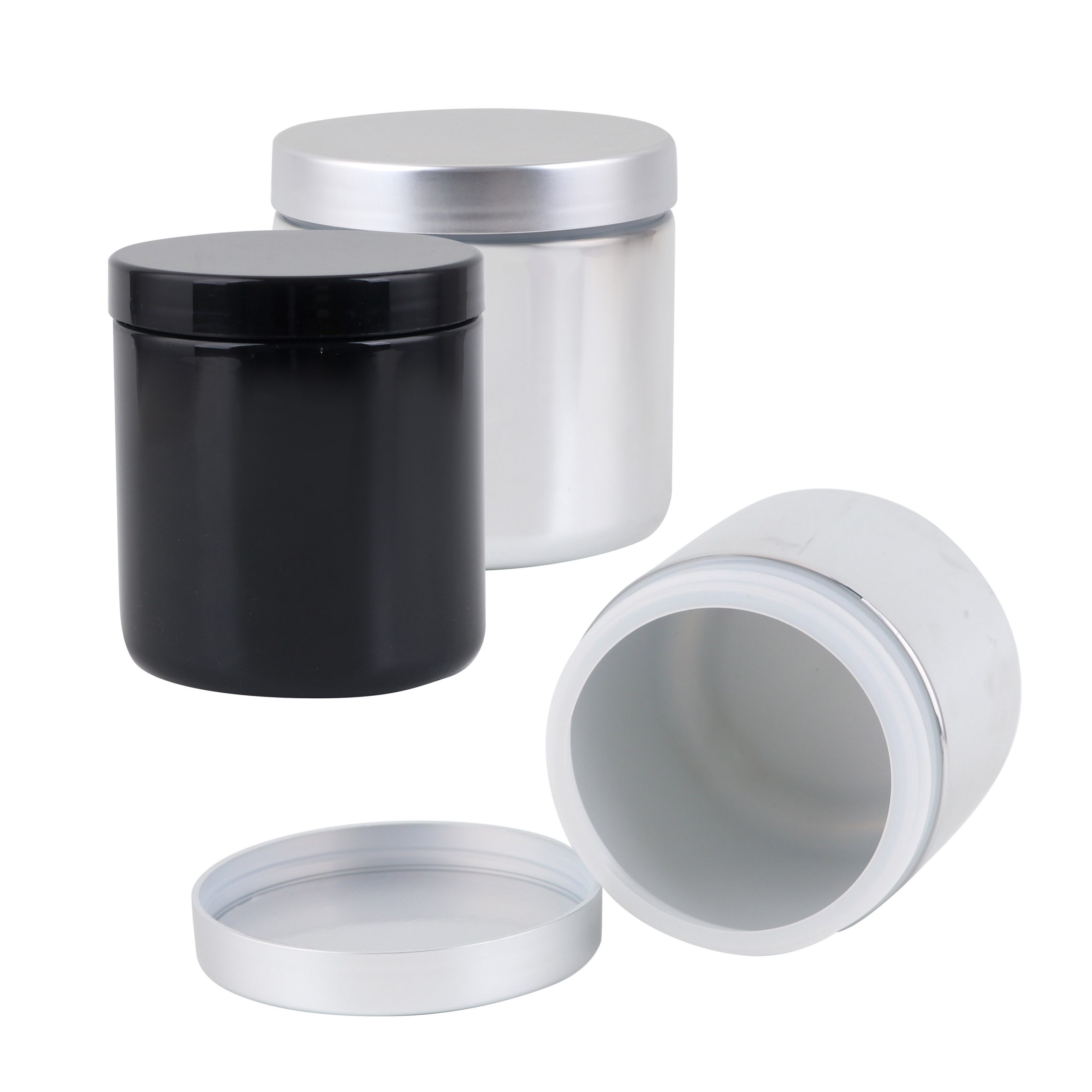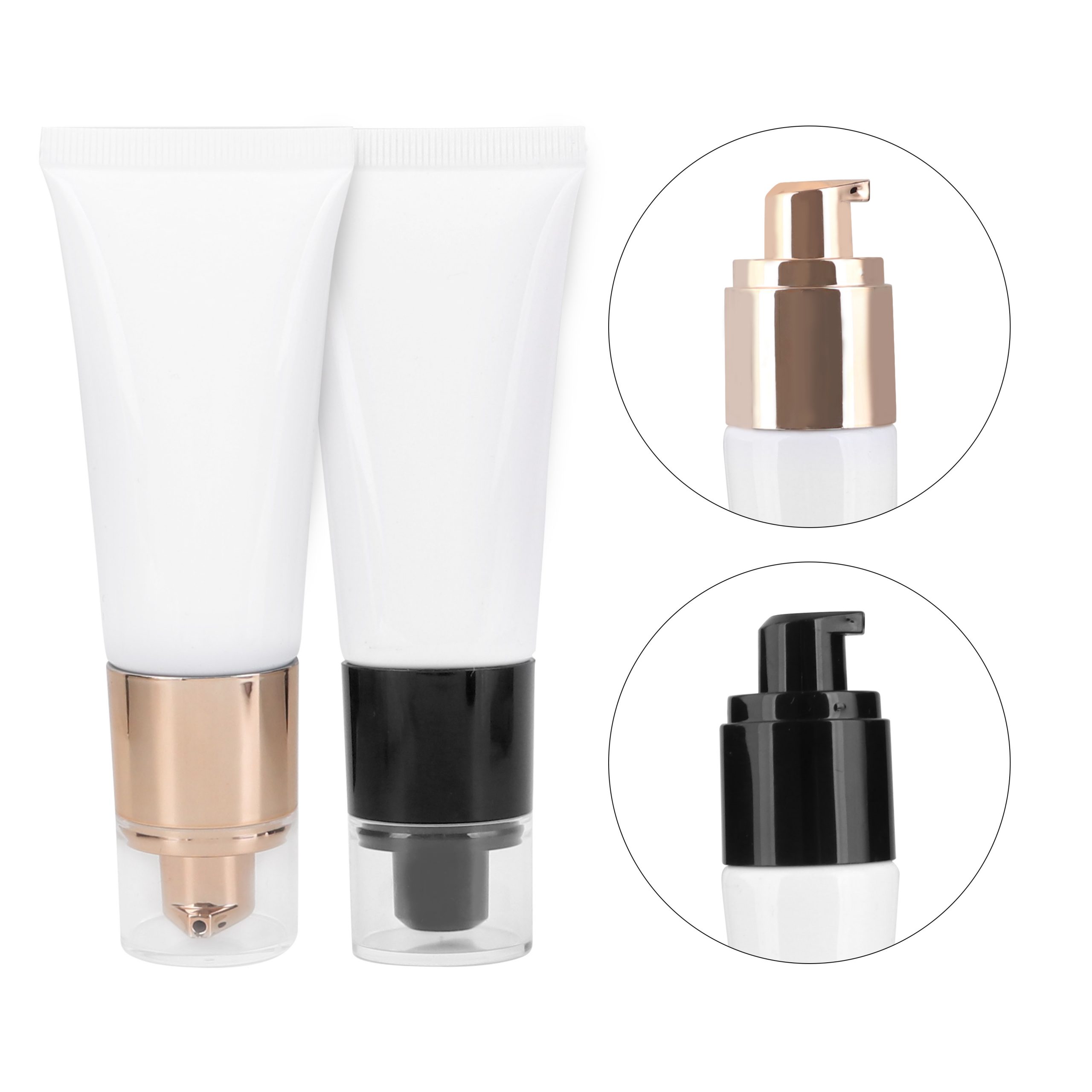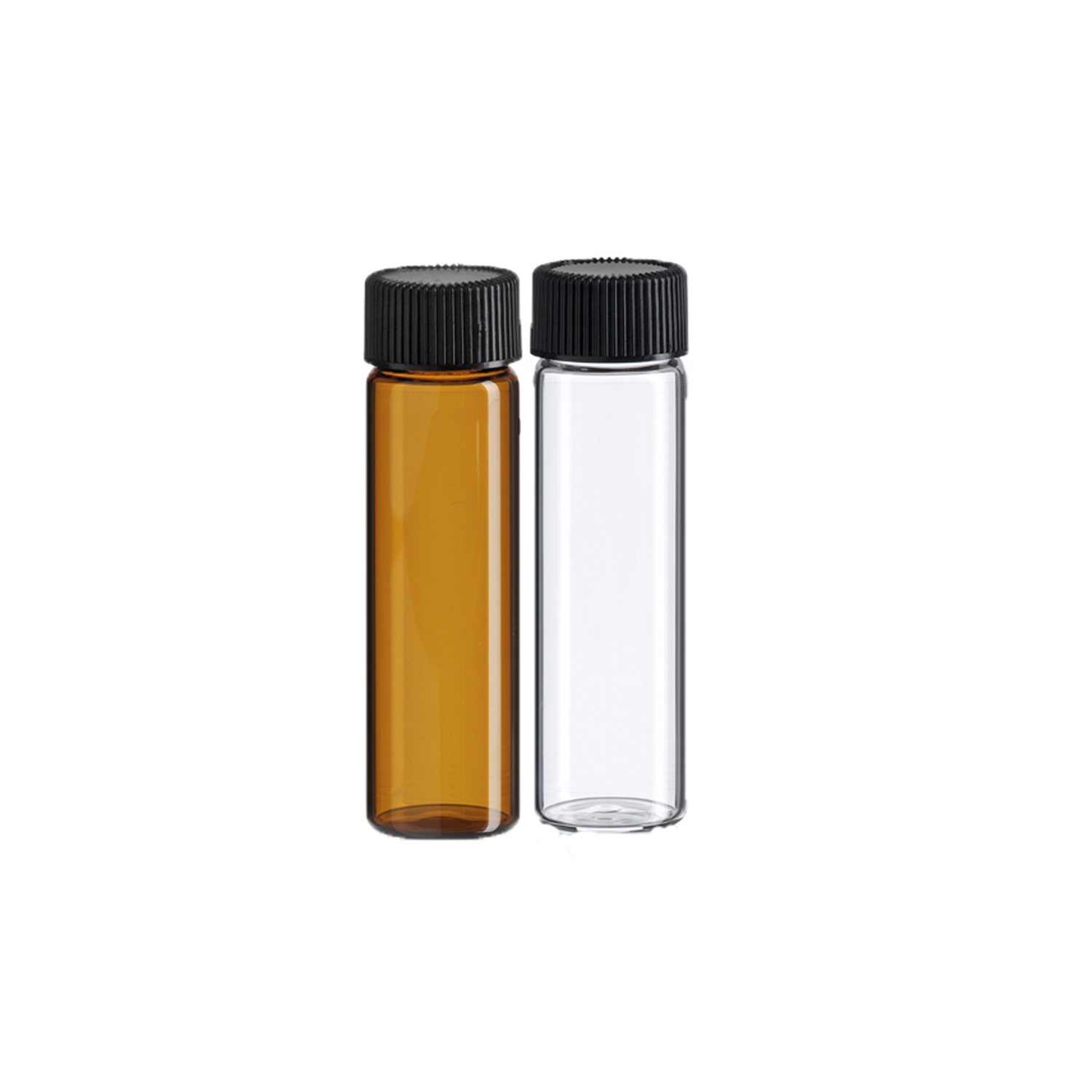Introduction
In our modern society, it seems like there is a never-ending demand for new and innovative cosmetic products.
From anti-aging creams to concealers, people are always on the lookout for the latest and greatest in beauty technology.
As a business owner, it’s important to stay ahead of the curve and offer your customers the best possible products. One way to do this is by using plastic containers for your cosmetics.
Plastic containers are a great choice for many reasons.
They are lightweight and easy to transport, which makes them ideal for use in busy salons or spas.
They are also durable and shatterproof, so they can withstand the rigors of everyday use.
And because they come in a variety of shapes and sizes,
If you have an interest in plastic packaging, do not miss this blog.
We will share the information about them
This blog will include the following content:
The trend of plastic containers for cosmetic products in Australia
Different types of plastic containers for cosmetic packaging
The trend of plastic containers for cosmetic products in Australia
Various sizes of plastic containers
The specification of plastic containers for cosmetic products has become increasingly diversified in recent years.
The reason for this is that there is a growing demand for containers that can meet the specific needs of different products and industries.
Another reason why a company might choose a diversified specification of plastic container is to meet the requirements of a particular customer or client.
In some cases, a customer or client may have specific requirements for the type of container that is used.
By using a diversified specification of plastic containers, the company can ensure that the customer or client is satisfied with the product.
The diversity of plastic materials
The major materials of cosmetics and detergent packaging are high-density polyethylene HDPE.
To meet the packaging requirements of different products, new plastic material has been introduced in production.
Since transparent containers can let consumers clearly see the contents, consumers demand more and more transparent containers and transparent polypropylene
CPP is the main material that can meet this requirement, PP transparent bottle is a hot spot in recent years of plastic packaging.
Compared with other transparent plastic resins, CPP is a new product with high quality and low price
Transparent PET plastic material is another one that has been widely used in cosmetic packaging.
PET bottles have the following characteristics.
- A wide range of capacity
High-strength, highly transparent plastic bottles produced by the stretch blow molding process can provide a capacity range from less than 10 ml to 2 liters.
- Good transparency and gloss
good plasticity, impact resistance and dimensional stability, stable chemical properties, and good gas barrier.
More customer-oriented
Consumers’ shopping decisions are different due to differences in age, gender, occupation, culture, economic condition, and so on.
Therefore, the packaging designer nowadays will focus more accurately on their targeted customers through market research.
They can have a better understanding of the development trend of plastic bottle packaging and consumer demand.
Eco-friendly plastic material
The eco-friendly trend of cosmetic packaging is becoming more and more popular.
Many companies are now using eco-friendly plastic materials to make their products.
Eco-friendly cosmetic packaging has many benefits that make it a great choice for both consumers and businesses.
For consumers, eco-friendly packaging is often more sustainable and environmentally friendly than traditional packaging options.
This can help reduce your carbon footprint and make a positive impact on the environment. Eco-friendly cosmetic packaging is also often made from recyclable and recycled materials, which helps to reduce waste and conserve resources.
For businesses, eco-friendly cosmetic packaging can be a great way to show customers that you are committed to sustainability.
This can help build brand loyalty and attract new customers. Eco-friendly cosmetic packaging is also often more cost-effective than traditional packaging options, making it a smart choice for businesses.
Different types of plastic container for cosmetic packaging
Bottle
In the cosmetics industry, the packaging containers for creams, lotions, liquids, and other contents made of plastic materials such as acrylic, PET, PCTG, PETG, ABS, PP, PE, etc. are collectively referred to as plastic bottles.
According to the contents inside the container, there are lotion, perfume bottles, cream bottles, fragrance bottles, toner bottles, washing bottles, etc.
Injection bottles: Cream bottles are commonly used in PP, PETG, acrylic, and ABS materials. Cream bottles, caps, stoppers, gaskets, pump heads, and dust caps are mainly injection molded.
For example, due to its poor chemical resistance, an acrylic bottle cannot be filled directly with ointment.
It needs to be lined with an internal barrier.
The filler is not easy to fill to prevent the ointment from getting between the liner and the acrylic bottle.
Packaging requirements are relatively high because it looks particularly obvious after scratching. With strong permeability, it has a particularly thick upper wall.
Blow-molded bottles: molded in two steps, injecting the billet and blow molding the finished product.
Material mainly is PET. They are characterized by a concave and convex bottom of the bottle.
It is brighter in the light. Essence or lotion bottles, toner bottles, washing bottles, and other bottles are usually made by blow molding.
- 2. Surface treatment
In order to effectively display the contents, the bottles are often infused with solid colors, transparent natural colors, and a translucent feel.
Acrylic bottle walls use multi-purpose spray colors that refract light for good effect, and the surfaces of packaging materials such as caps and pump heads are often painted, vacuum plated, anodized aluminum, brushed gold, silver, secondary oxidation, and other processes to reflect the individuality of the product.
Plastic jars
Most of the cosmetics that are generally contained in jars are creams, clays, and other less liquid or non-fluid substances, such as creams, hair masks, masks, etc.
The reason why plastic jars are used instead of plastic bottles is that they are so liquid that it is difficult or impossible to take them by gravity alone, so a plastic jar with a larger caliber and capacity is a good choice.
Plastic jars have many advantages: lightweight, lower cost, reliable protection of products, better mechanical strength, and good shelf effect.
Most metal jars and glass jars have been replaced by it.
And because the price of aluminum and tinplate is now rising, the continued use of metal jars will inevitably make packaging costs increase
Glass jars are fragile. transportation of glass containers is far less convenient than plastic ones.
Besides, the plastic jars are light, which is conducive to long-distance transportation.
Combined with the label, we can make the packaging and product look more perfect.
Tube
At present, the plastic tube commonly used in the cosmetic industry mainly includes aluminum-plastic composite tube, all-plastic composite tubes, and multi-layer co-extruded tubes, which can meet the various needs of cosmetic packagings, such as hygiene, barrier properties, etc.
1. Aluminum-plastic composite tube
Aluminum-plastic composite tube is made of aluminum foil and plastic film through a co-extrusion compounding process, and then processed into a tube-like packaging container by a special tube-making machine,
Aluminum-plastic composite tube is mainly used for cosmetic packaging with high requirements of hygiene and barrier, and its barrier layer is generally aluminum foil, and its barrier depends on the pinhole of aluminum foil.
With the continuous improvement of technology, the thickness of the aluminum foil barrier layer in the aluminum composite tube has been reduced from the traditional 40μm to 12μm, or even 9μm, which greatly saves resources.Aluminum-plastic composite tube has the following advantages
- 1. high barrier
aluminum foil has a light barrier, oxygen barrier, and water barrier properties, on the one hand, it can prevent the intrusion of external substances into the packaging, which can prevent oxidation and deterioration of cosmetics
On the other hand, it can also prevent moisture or fragrance and other components diffuse to the outside world so as to ensure the quality of cosmetics.
- 2. Low cost
To achieve the same barrier performance, the aluminum-plastic composite tubes used less material compared to the all-plastic composite tube and plastic co-extruded tube. This means higher economic performance.
2. All-plastic composite tube
All-plastic composite tubes are made of all plastic components.
It can be divided into the all-plastic non-barrier composite tube and an all-plastic barrier composite tube.
All-plastic non-barrier composite tube is generally used for low-grade fast-consuming cosmetics packaging;
All-plastic barrier composite tube due to the existence of side seams is usually used for low-grade cosmetics packaging,
The typical structure of an all-plastic barrier composite hose is PE/PE/EVOH/PE/PE.
The advantages of an all-plastic composite tube are as follows.
- 1. Environmental friendliness.
Compared with an aluminum-plastic composite tube, all-plastic composite tubes use the all-plastic sheet which is economical and easy to recycle, which can reduce the pollution of the environment from packaging waste,
- 2. Color diversification.
According to the characteristics of cosmetic products and different consumer demands, the all-plastic composite tubes can be made in different colors to bring consumers a strong visual enjoyment.
Especially the transparent all-plastic composite tube, the color of the contents can be clearly seen, giving a strong visual impact, and greatly promoting the consumer’s desire.
- 3. Good resilience
Compared with an aluminum-plastic composite tube, the all-plastic composite tube has better resilience
The tube can quickly return to its original form after squeezing.
Always maintaining a beautiful, regular appearance. is crucial for cosmetic packaging.
Plastic Co-Extrusion Tube
Plastic co-extruded tube uses co-extrusion technology to co-extrude different properties and types of raw materials together and forms them in one go.
The plastic co-extrusion tube is divided into single-layer co-extrusion tubes and multi-layer co-extrusion tube
The former is mainly used for the packaging of fast-consuming cosmetics
with high requirements for appearance and low requirements for actual use performance,
while the latter is mainly used for the packaging of high-grade cosmetic hoses.
The main advantages of plastic co-extruded hose are as follows.
- 1. Better appearance
Because there is no side seal, the appearance is better than the composite tube, which is necessary for high-grade cosmetic packaging.
- 2. various shape
various shapes of the extruded tubes can be produced, such as oval, square, etc., so as to meet the needs of different consumers.
Vials
Vials are small, cylindrical containers used to package various items such as cosmetics, pharmaceuticals, and other chemical substances.
Vials typically have a screw-on cap or stopper that creates a seal, preventing the contents from spilling out.
Vials are made from different materials such as glass, plastic, and metal, and come in a variety of sizes.
Vials are often used in scientific and medical applications where it is important to protect the contents from contamination.
- 1、Type I, 33-expansion borosilicate glass
It is the most chemically inert glass available and is usually used in analytical laboratories to obtain high-quality experimental results. Its coefficient of expansion is about 33×10^(-7) ℃, mainly composed of silica and oxygen, but also contains trace amounts of boron and sodium.
- 2、Type I, 51-expansion glass
It is more alkaline than 33-expansion glass and can be used for a variety of laboratory applications. Its expansion coefficient is about 51x 10^(-7) ℃, mainly composed of silicon and oxygen, and also contains traces of boron.
- 3、Deactivated glass (DV)
For analytes with strong polarities, de-activated vials may be a good choice. Glass vials are treated with glass-phase reactive organosilanes to produce a hydrophobic glass surface. De-activated vials can be stored dry indefinitely.
- 4、Polypropylene plastic
Polypropylene (PP) is a non-reactive plastic that can be used where glass is not an appropriate choice. Polypropylene vials can still maintain a good seal when burned with fire, thus minimizing the possibility of exposure to potentially hazardous substances.
The maximum use temperature is 135 °C.
Conclusion
Plastic containers for cosmetic products are becoming more and more popular.
This is because they offer a number of benefits to both the manufacturer and the consumer.
For manufacturers, plastic containers can be molded into any shape, which gives them a lot of flexibility in terms of design.
They are also cheaper than glass or metal containers, making them an attractive option for companies on a budget.
For consumers, plastic containers are often seen as being more sanitary than other types of packaging.
They are also lighter and easier to transport, which makes them ideal for people who lead active lifestyles.
If you’re looking for high-quality plastic containers for your cosmetic products, contact Primepac today.
We can provide you with everything from small sample jars to large storage tanks.
